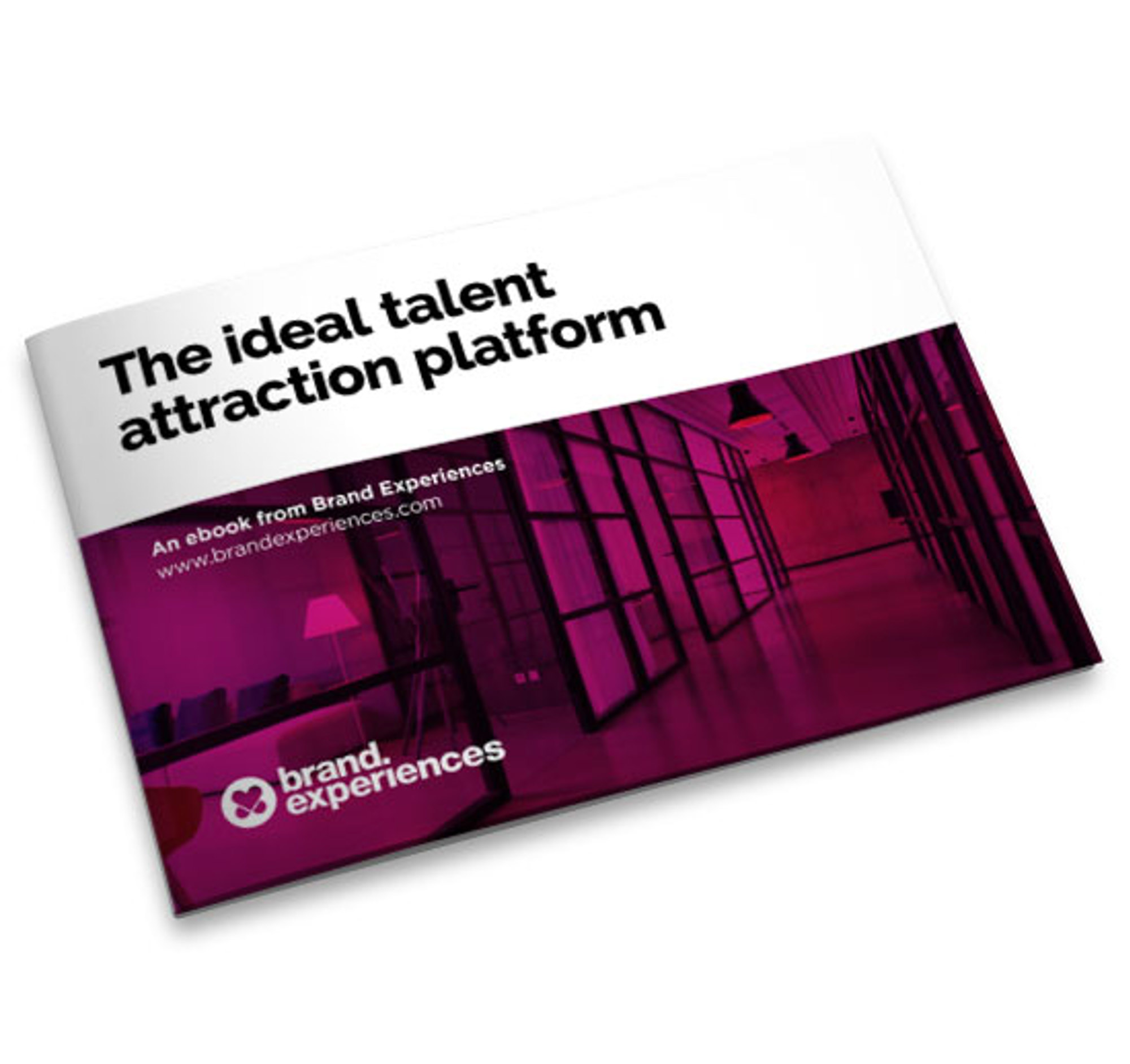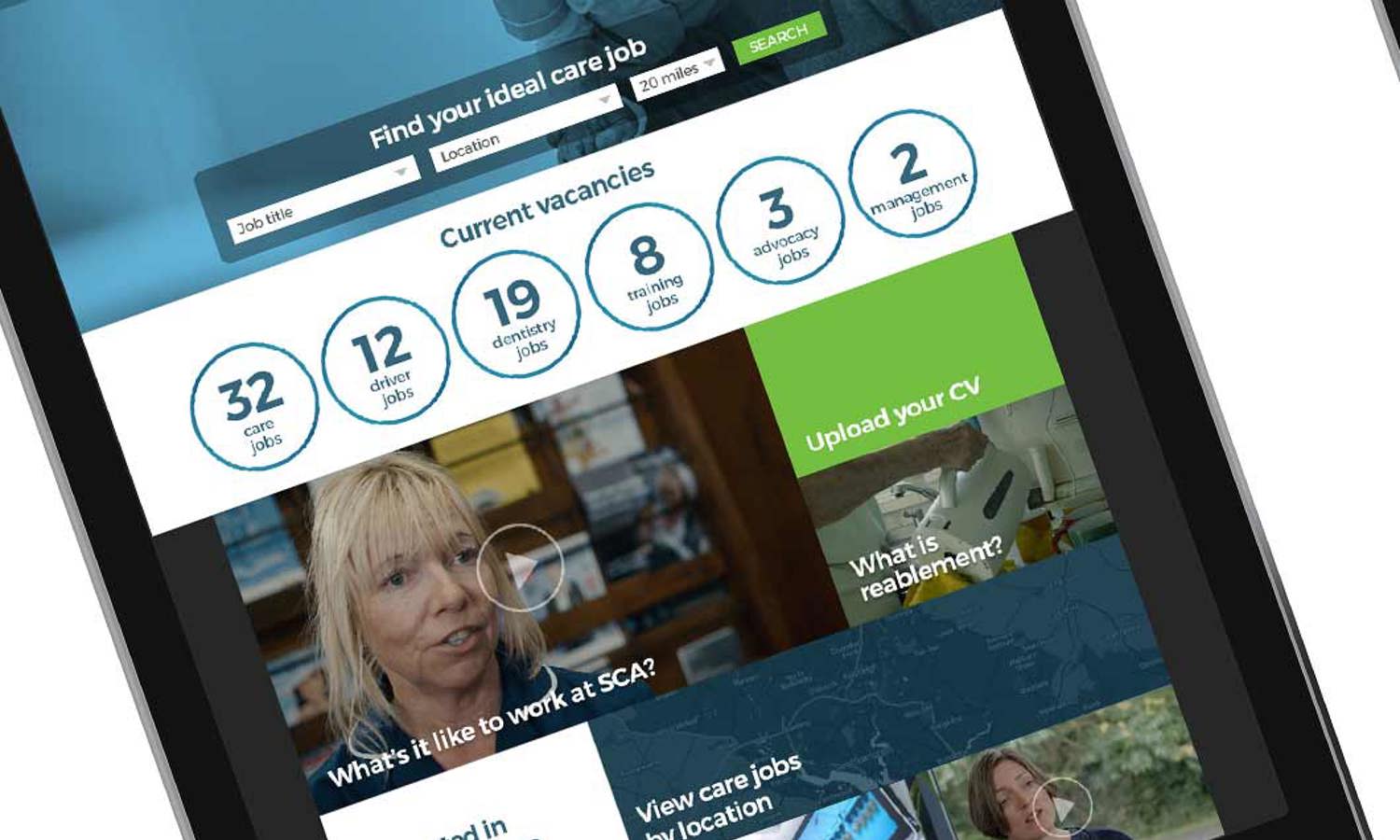Give yourself the edge in the war for talent
Employers are finally waking up to the fact that in the current ‘knowledge economy’, talent attraction and retention is a top priority. It is no longer enough to solely focus upon sales and marketing strategies that generate revenue; strategies and tactics are also required to attract the right candidates. There has never been a more important time to perfect your talent attraction portal.
This digital channel is not even a first date; it is a first impression. Serve up an unappealing user experience, and the talent may end their interest there and then. Children not yet in their teens can shoot and edit a video, so what does it say about the brand if they do not have one on their talent attraction portal? Would a candidate really trust a company who claim to be modern and dynamic if their first interaction with them was to browse a portal which isn’t even mobile-enabled?
From a candidate’s point of view, the talent attraction portal is like a property website for home buyers. If a home listing has poor quality images, the prospective buyer moves along. However, if the listing has a video showing how the home meets their needs, they are likely to book a viewing.
A talent attraction portal needs to connect with candidates and help them understand the company as a workspace. Transparency through creativity helps build the brand experience.
Recruitment is now very much a two-way process—you need to sell your company to the talent in the same way you expect them to sell themselves to you. The talent attraction portal is an incredibly important sales pitch; get it right, and it will enable more talent to flow through your gate.
The ideal talent attraction platform
It's time to get in the know.



